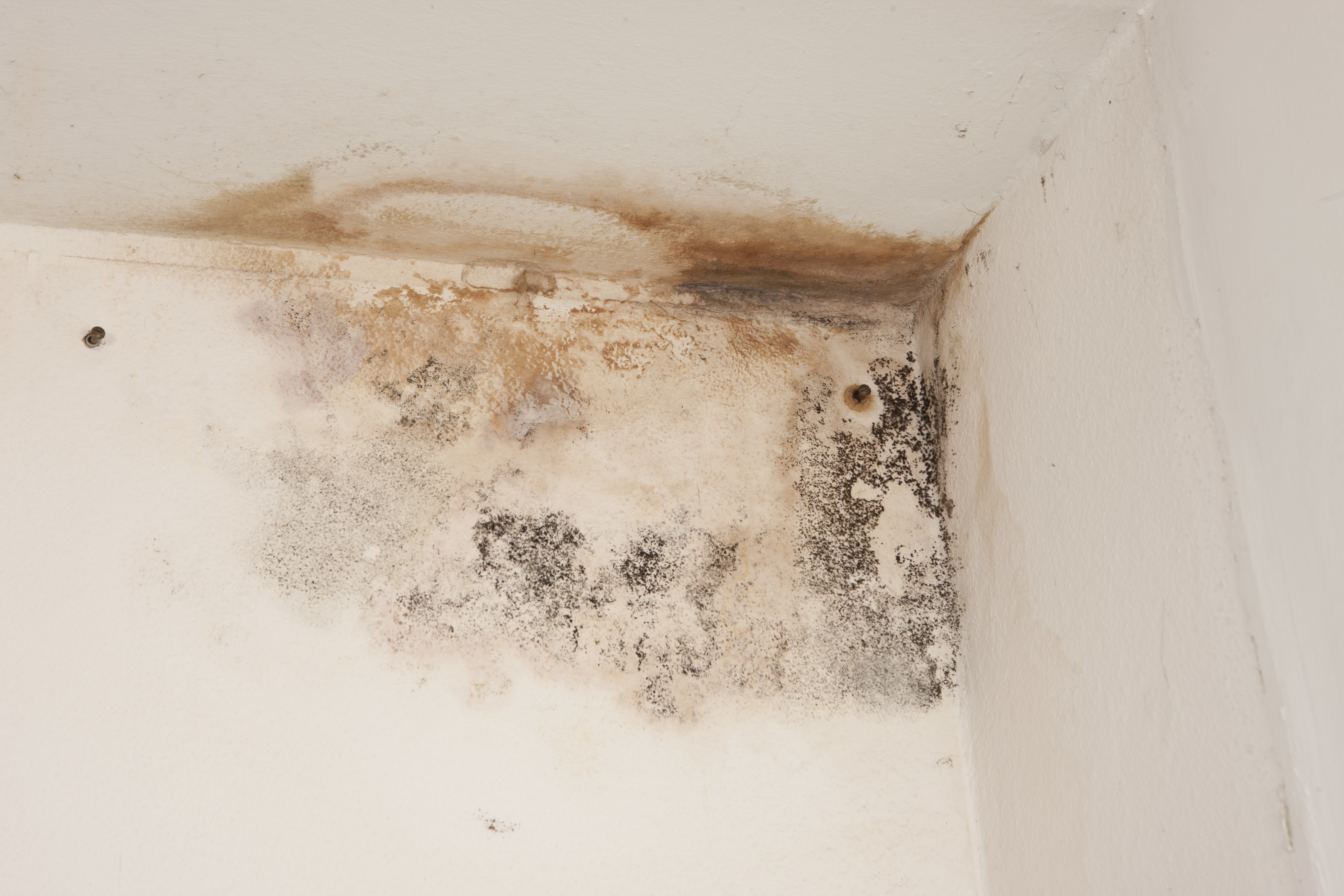
Mold can be beneficial when grown in a controlled atmosphere. Mold, for example, is used to manufacture cheese, penicillin, and other medicines, as well as a variety of other products. Mold aids in decomposing organic matter in the natural environment and is an important part of the life cycle. On the other hand, mold can become a significant problem if it grows unchecked and uncontrollably in your home, school, or office.
Mold has a terrible image for a reason, and it’s easy to see why. They are known as allergens, and depending on their level of exposure and sensitivity; they can offer significant health hazards to some people. Mold spores are easily transported and transferred by air currents. They grow quickly whenever there is enough moisture or water. Mold can grow on our clothes, food, carpets, and even in places, we don’t see daily. Walls, ceilings, flooring, attics, and crawl spaces are all examples of places where mold can grow. It can be a tough and costly problem to resolve.
While neither you nor your house will ever be completely mold-free, you may take actions to minimize mold growth and protect yourself and your family. Moisture control and cleaning are always at the forefront of the finest mold prevention strategy. Here is some mold control and prevention advice from Manhattan’s mold removal experts:
Identify if mold is growing
The first step in resolving a mold problem is determining whether there is a moisture problem. Before investing in mold testing, a visual inspection is the first step that should be taken. If you can see mold, you probably don’t need to test it to come up with a plan of action. A comprehensive visual inspection should help you figure out what’s going on in your home or company in terms of water and drainage, building ventilation, and the general condition of any device or equipment that could be or become a mold problem. If you discover mold, you should seek the assistance of the companies, such as Indoor Mold Specialist, as soon as possible. Mold can spread quickly if underlying moisture problems aren’t addressed, so you’re already running out of time. It is now or never to take action.
Mold removal may be costly in the short term, but it will save money in the long run by preventing costly future damages or health risks if the mold spreads and expands.
Indoor humidity and moisture should be monitored
According to the Environmental Protection Agency, indoor humidity should be kept between 30 and 60 percent. Some mold specialists recommend keeping the target humidity level in residence below 45 percent to avoid the creation of mycotoxin (mold toxins) and the growth of molds that require less water. Measuring the humidity in your home is an important mold precaution that can be done cheaply using a humidity tester found in most hardware or department stores. Condensation on windows, pipes, or walls could indicate a high level of humidity in the residence. Make sure that high-moisture areas like the bathroom, kitchen, and laundry room have enough ventilation.